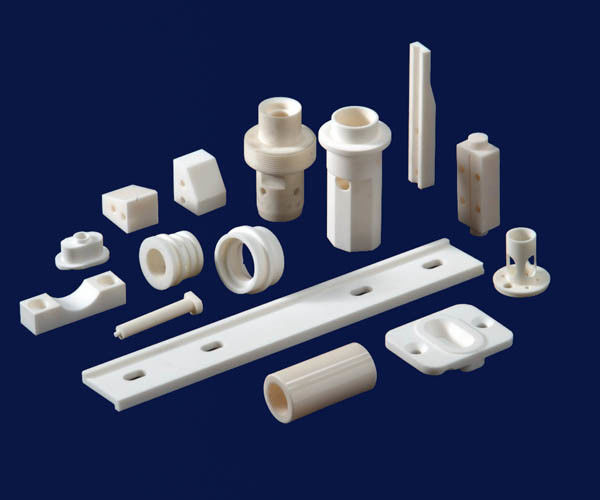In the 20th century, the field of "silicates and ceramics" developed rapidly and changed a lot. It is mainly manifested in the following two aspects.
1. Changes in meaning
The original silicate materials refer to traditional silicate materials such as bricks and tiles, daily-use ceramics, window glass, and construction cement. Among these materials, silicate is indeed the main chemical composition, such as aluminum silicate and calcium silicate. But today's silicate, its meaning has been developed into a broad sense of silicate, the so-called silicate material, it can be silicate-containing or non-silicate, but contains other salts Materials such as zirconate, titanate, niobate, tantalate and so on. They are collectively referred to as silicate materials, which is a change in meaning.
Not only that, but the meaning of silicate today can be a salt or not. From a chemical point of view, a single element can also become a material. For example, carbon can form diamond, graphite, carbon fiber, etc., and silicon can be made into single crystal silicon and amorphous silicon. All belong to silicate materials. In addition, inorganic compounds can also become materials, such as alumina, silicon nitride, silicon carbide, etc., which are also silicate materials. This is another change in meaning. In short, today's silicate materials include single-element inorganic non-metallic materials, inorganic compound materials, inorganic salt materials and composite salt materials, such as zirconium titanate, niobium tantalate, and so on. Their composition, structure and performance, especially in terms of use, are very different from traditional silicate materials, and become a new type of silicate material. In order to facilitate the distinction, the new silicate materials are also called inorganic materials.
2. Changes in usage
The development of silicate materials has a broad world and has achieved fruitful results.
The construction of modernization depends on materials, energy, and information. And energy is inseparable from materials, not only the energy itself requires materials, but also the use of energy. Similarly, information is also inseparable from materials, not only the storage of information requires materials, but also the transmission of information. This shows how important materials are.
Materials can be roughly divided into three categories: metal materials (including alloys), polymer materials (including liquid crystals) and inorganic materials (that is, new silicate materials). Therefore, inorganic materials are one of the three major materials, in addition to various composite materials. Among them, inorganic composite materials have become an important field in the development of inorganic materials.
Inorganic materials can be divided into two categories according to their uses: inorganic structural materials and inorganic functional materials. In inorganic structural materials (or inorganic engineering materials), the emphasis is on high temperature resistance and high strength, but in some applications, toughness and stability are particularly important. In terms of inorganic functional materials, the emphasis is on various physical properties such as light, electricity, sound, magnetism, and heat, as well as their energy conversion or interaction effects.
Inorganic materials, whether as structural materials or as functional materials, have a wide range of uses. It can involve various industries and new technologies such as machinery, electronics, energy utilization, aerospace, underwater sound, laser, computer and communications, which is unmatched by traditional silicate materials. This is a change in application.
But it needs to be added. Traditional silicate materials themselves have also developed. Old products are also getting new faces. Bricks and tiles have developed into lightweight bricks, mosaics, etc.; glass has developed into tempered glass, bulletproof glass, etc.; cement has developed into high-strength cement, quick-drying cement, etc. As for the development of ceramics, the changes are even greater. There may be a question about the title here: Since ceramics are also silicate materials, why are ceramics listed separately in the project title? This is because the ceramic here does not refer to traditional silicate ceramics (pottery and porcelain), but refers to a new type of silicate ceramics, in fact, it refers to inorganic materials.

 Moble: +86 18122974730
Moble: +86 18122974730 Phone: +86 746 3386888
Phone: +86 746 3386888 Email: admin@cerampart.com
Email: admin@cerampart.com Skype: +86 18122974730
Skype: +86 18122974730 Wechat: +86 18122974730
Wechat: +86 18122974730